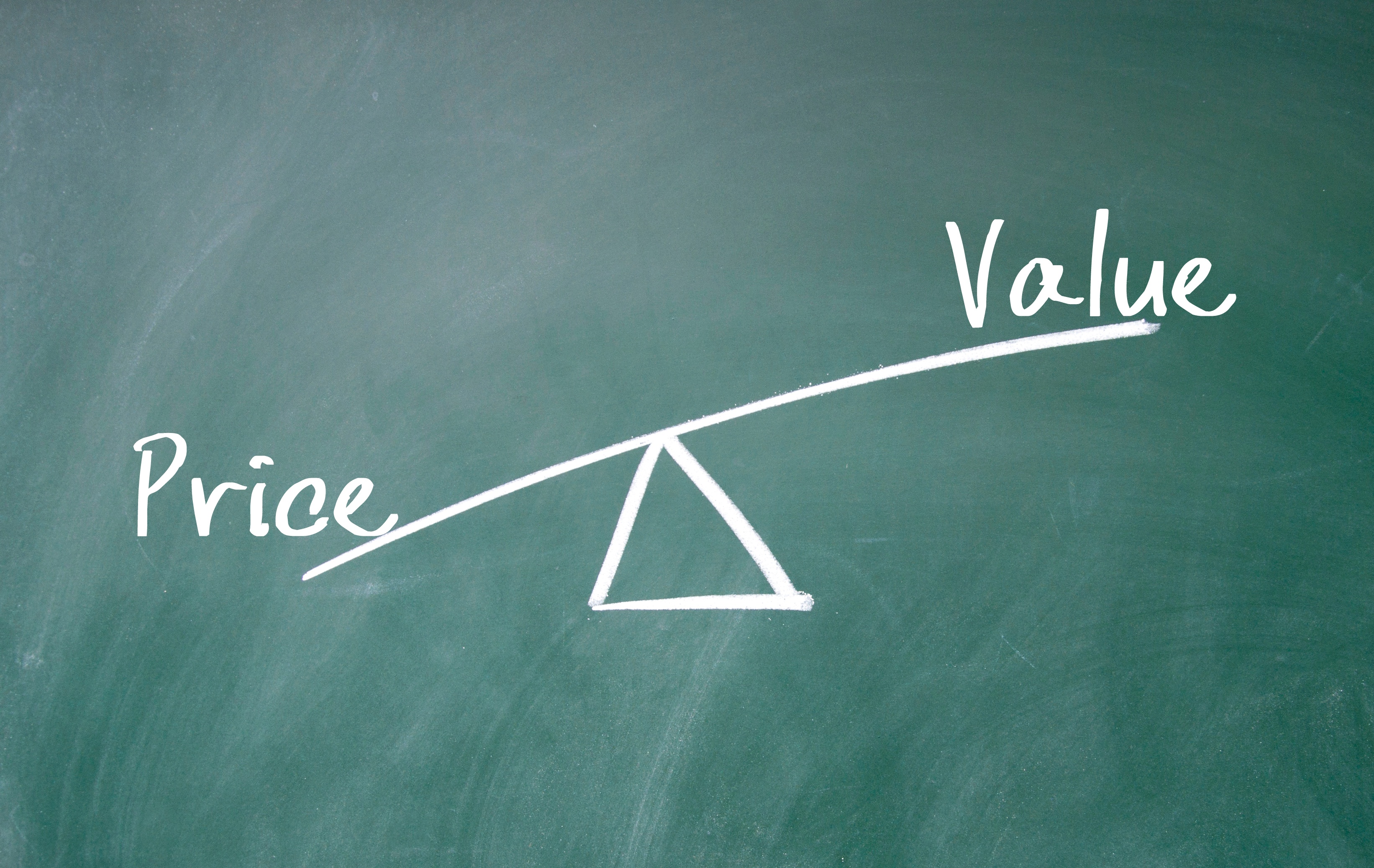Durability, Profitability and Sustainability: What's the Difference?
 These are perhaps the three most important benchmarks by which wealth management practice success is truly measured. Yet, many advisors struggle with drawing clear distinctions between the three. It’s understandable, as there are a number of areas where the definitions overlap and tend to blur into each other.
These are perhaps the three most important benchmarks by which wealth management practice success is truly measured. Yet, many advisors struggle with drawing clear distinctions between the three. It’s understandable, as there are a number of areas where the definitions overlap and tend to blur into each other.
The purpose of all three is the same – to help you make yourself less relevant in the day-to-day operation of your business. That may sound a bit jarring, I know, but understand that I'm not talking about making yourself any less important, just needed in different ways as your business evolves.
Think back to when you first started out. Most of you were not only the business owner; you were also host, waiter, chief cook and bottle washer. As the business grew, you were slowly able to focus on the role that best suited you and served your clients, building a complementary team of professionals around you. It’s a process that needs to continue as you carve out your role in your future firm.
Durability comes when your business has a high enterprise value (meaning it can successfully survive and even thrive without you). The people, processes and procedures are in place to weather the long-term. Yet, business durability is by no means a guarantee of profitability – the two don’t always go hand-in-hand. I’m sure many of you can think of at least one practice that has evolved into a large enough enterprise with multiple professionals that it could certainly survive the departure of its founder. However, it may not be particularly profitable because the operation runs inefficiently. At the end of the day, profitability is all about efficiency.
Sustainability: The Golden Ticket
Sustainability, on the other hand, is a leap beyond durability – your team is not only capable of serving your existing clients in your absence, but able to grow, evolve and lead the business to new heights.
At ClientWise, we define a team as follows:
A true team is a group of people who are fully committed to mutually defined and extraordinary success of the group as a unit and hold themselves mutually accountable for the achievement of that success as well as the methods by which that success is achieved.
Sustainability is all about your team coalescing around the methods by which to achieve success. It’s achieved when organizational alignment is gained in each of the seven areas we highlight in the ClientWise Professional Advisory ModelTM: Organizing Priorities, Client Engagement Model, Client Acquisition Strategy, Marketing Approach, Team Development, Professional Advocate Network, and Business & Operations Management.
As you work your way around the circle, think about how you can do more to make each of those areas more sustainable. Does everybody know what the vision of the business is and what the organizational priorities are? Is there’s clarity and focus around the firm’s client acquisition strategy and engagement model, with each team member understanding their role in the process? Does your firm have a well-defined brand and growth strategy that’s cumulative (it doesn’t need to start from square one each year), reflected in a thoughtful marketing plan and carried out by multiple key contributors? Are you helping to build the skills necessary for the next generation to take the reins?
Chapter 4 of my new book You’ve Been Framed is called “The Big Fat Lie” which refers to the phrase that so many advisors toss around so cavalierly: “I’ll be there with you through all your life transitions.” What they forget to add is the part about “…until I’m not. And then it’s good luck to you.”
You owe it to yourself, your clients, and your team to ensure that you’ve built a durable, profitable and sustainable business that will be poised to thrive long after you leave, rather than wither and die on the vine.
Coaching Questions from this article:
- Think about all the tasks you regularly perform. Which of those could be delegated to others to free you up to focus on other things?
- What measures have you taken to enhance your firm’s durability and profitability? What additional steps might you consider?
- If you walked away tomorrow, could your business sustain itself? What actions could you take to begin improving that likelihood?
- How might you start better preparing the future leadership of your firm to assume the reins?
Do you want to know how we can help you build an enduring firm and maximize your enterprise value?
Topics: Succession Planning Business Planning




